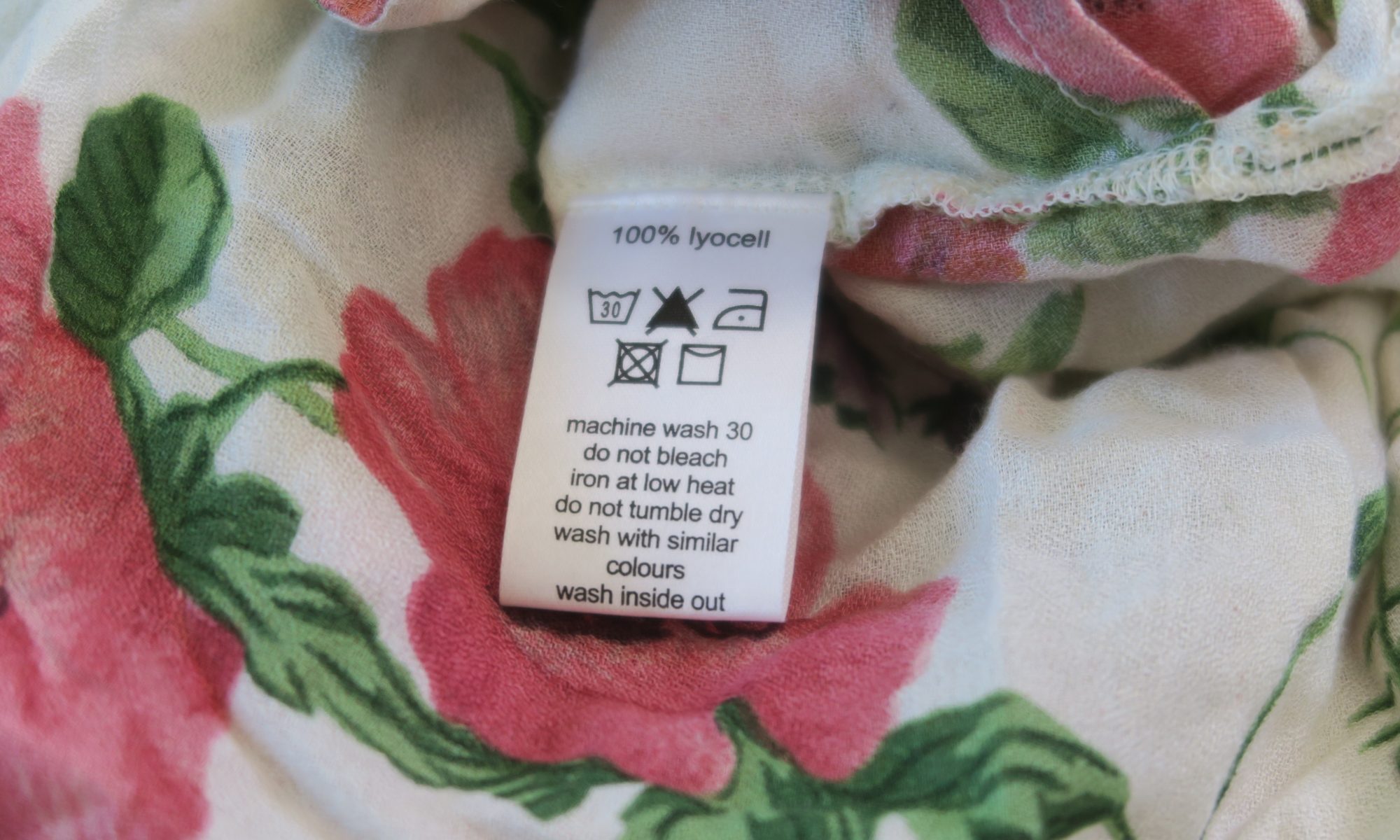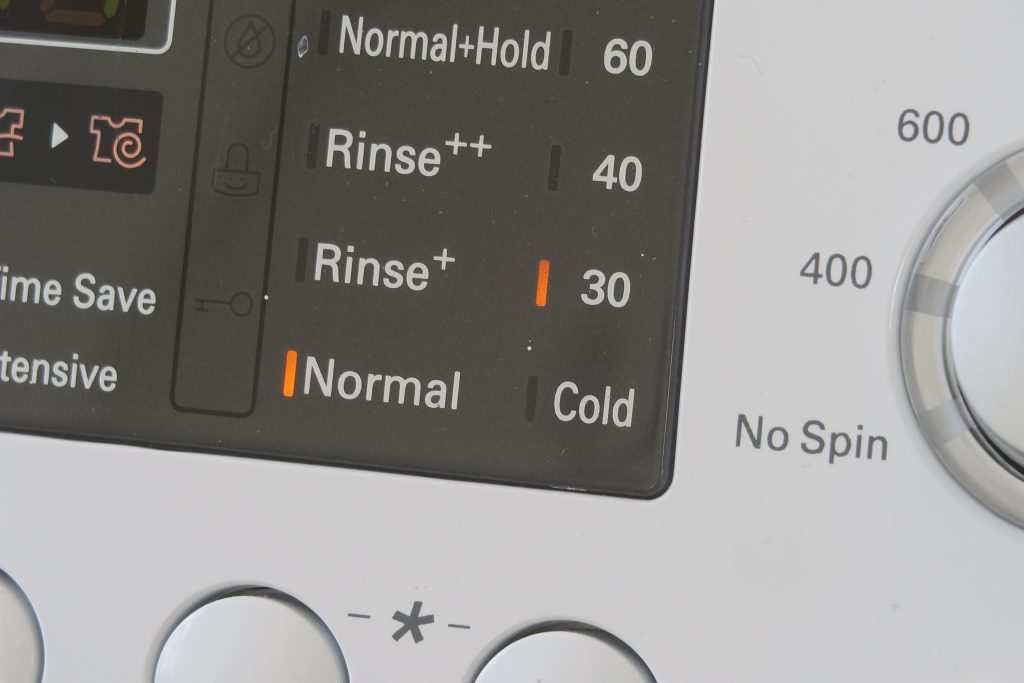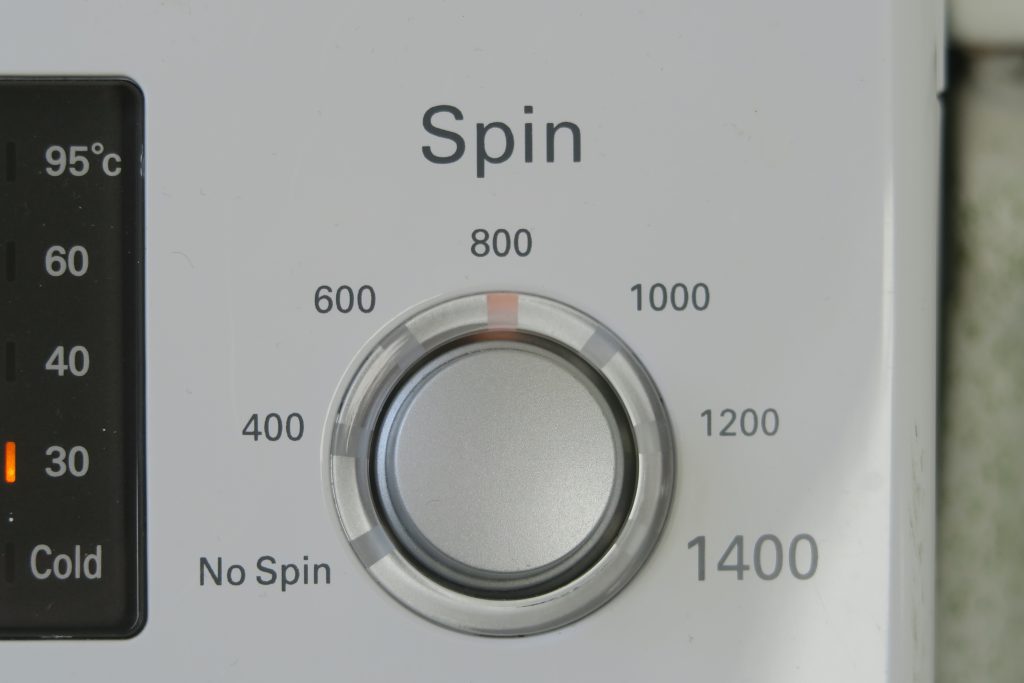
Let’s create a new norm by reducing newly produced and mass-produced items that (unfortunately) often end up in landfills. Instead, let’s focus on sustainable gifts or experiences that will truly be used and appreciated. The best part? This doesn’t have to take more time – on the contrary, this list is perfect for last-minute gift givers.
- An experience
This category includes everything from a “dinner on me” gift card to concert tickets, a spa day, or even a day in the woods where you show off your favorite hiking trail. You decide, and the range of experiences—whether purchased or created—is huge! This could also be a great chance to introduce your friends and family to the idea that local adventures can be just as luxurious as those abroad, such as an organic spa day or a glamping experience.
How time-consuming?
You decide the experience and the level of effort. Giving away a gift card for a homemade dinner may require a bit more work on your part—but it’s your future self that will handle that, not your December-stressed self!
- Something second hand
In the abundance of items and clothing available in our part of the world, there’s also a wide range of nice gifts to be found secondhand. Both digital platforms and physical secondhand stores offer plenty of options. The more of us who give secondhand gifts, the more accepted it becomes to give something pre-loved rather than brand new. Let’s create a new norm for secondhand gifts together!
How time-consuming?
If you’re looking for a specific item, you might need to spend some time researching and sorting through options. You might not find exactly what you’re looking for, in the right color, shape, or size. In that case, consider how important it is to get it perfect—or whether the recipient would be happy anyway.
Keeping an open mind while browsing secondhand can also lead to surprising discoveries. You might stumble upon hidden gems—a perfect gift you hadn’t even thought of!
- Everyday essentials
Many people have a tradition of playing a gift-exchange game where each participant brings a certain number of gifts, and dice rolls determine who wins a gift, or are aloud to steal gifts from others. It’s a fun game that often results in lots of laughs. Unfortunately, it’s common to use cheap, throwaway items that no one really wants, and these often end up in the bin shortly after.
A tip if you’re invited to such a game this year: buy something practical that will actually get used. Batteries, detergent, candy—or even toilet paper! These can still bring laughs and are far more likely to be used than tossed out a few weeks later.
How time-consuming?
You can probably find these types of gifts at your nearest grocery store. If you’re in an even bigger rush, you might find something at home to wrap up!
- GoClimate gift card
Give your loved ones a gift certificate that contribute to climate financing corresponding a chosen number of months’ worth of carbon emissions. The important climate projects we support work to transform the world’s energy systems, which are still 80% fossil-based. Additionally, the funds contribute to other positive benefits for local communities, such as clean water, schools, and healthcare investments.
How time-consuming?
You can order GoClimate’s digital gift card in just a few minutes via this link.










